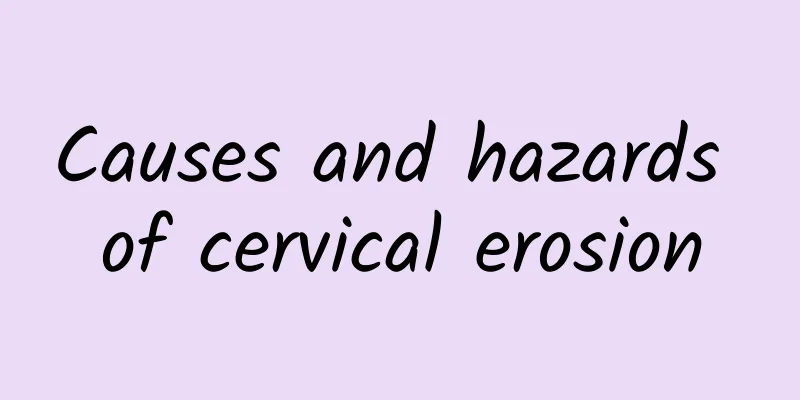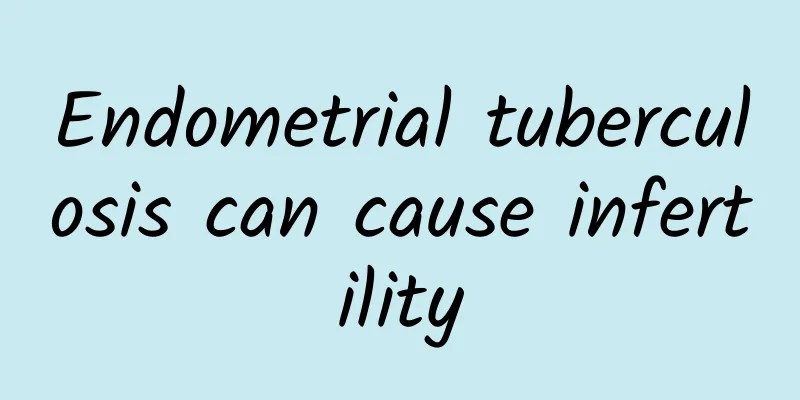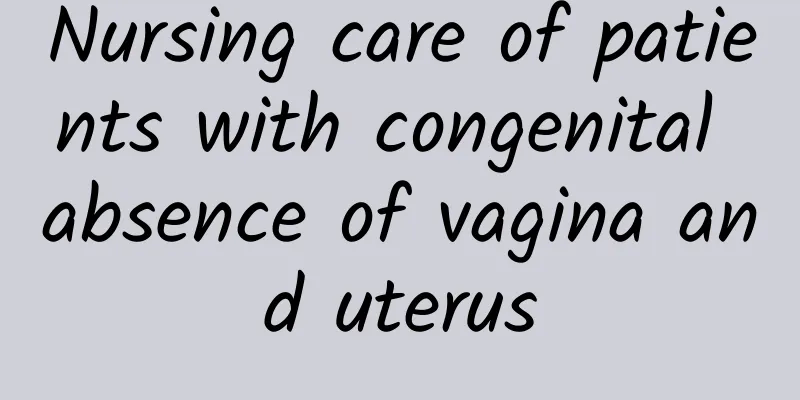Causes and hazards of cervical erosion

|
Cervical erosion is a manifestation of eversion of cervical epithelial cells, not true "erosion". It is mainly caused by factors such as changes in hormone levels and inflammatory stimulation. Observation, drug treatment or physical therapy should be selected according to the specific situation. 1. Causes of cervical erosion The causes of cervical erosion are mainly related to physiological and pathological factors. Among physiological factors, increased estrogen levels are a common cause, especially during puberty, pregnancy or when taking contraceptives, the columnar epithelium in the cervical canal migrates outward, resulting in an "erosion"-like change in appearance. Pathological factors include chronic cervicitis, infection, etc. Long-term stimulation by bacteria, viruses or fungi may trigger an inflammatory response in the cervical epithelium, further leading to erosion-like changes. 2. The harm of cervical erosion Cervical erosion itself is not a disease, but it may be accompanied by other problems. Long-term erosion-like changes may increase the risk of infection, such as HPV infection, and thus increase the risk of cervical cancer. The eroded area may cause symptoms such as increased vaginal discharge and contact bleeding, affecting the quality of life. If combined with infection, it may also cause complications such as pelvic inflammatory disease. 3. Treatment of cervical erosion The treatment of cervical erosion needs to be selected according to the specific situation. Patients with mild erosion and no symptoms can be observed regularly without special treatment. Drug treatment is suitable for patients with inflammation. Commonly used drugs include antibiotics such as azithromycin, antiviral drugs such as interferon and Chinese medicine preparations such as Baofukang suppository. Physical therapy is suitable for patients with obvious symptoms or large areas of erosion. Common methods include laser therapy, cryotherapy and microwave therapy, which promote the regeneration of healthy tissue by destroying abnormal epithelial tissue. 4. Daily prevention and care The key to preventing cervical erosion is to maintain good hygiene habits, avoid unclean sexual behavior, and perform regular cervical screening. In terms of diet, you can eat more foods rich in vitamins C and E, such as citrus fruits and nuts, to enhance immunity. In terms of exercise, it is recommended to choose low-intensity aerobic exercises such as yoga and jogging to promote blood circulation and improve pelvic health. Although cervical erosion is not a serious disease, it needs to be taken seriously, and timely medical treatment should be sought to identify the cause and take targeted treatment. Through scientific management and a healthy lifestyle, the relevant risks can be effectively reduced and the health of the cervix can be maintained. |
<<: What causes severe cervicitis?
>>: Is there a big difference between uterine cyst and pregnancy?
Recommend
Auspicious days for abortion - When is the best time to have an abortion
Many people think that abortion means going to th...
How to treat cervical hypertrophy
Cervical hypertrophy can usually be treated with ...
Do uterine fibroids require surgery? How to distinguish uterine fibroids?
If a woman finds symptoms related to uterine fibr...
Is there any connection between uterine fibroids and pelvic effusion? What are the causes of pelvic effusion?
If a woman has pelvic effusion, then the pelvis i...
Nourishing the liver in spring promotes metabolism and helps lose weight! Chinese medicine doctor Li Congjie: 7 acupuncture points must be pressed to nourish the liver and relieve constipation
Spring is a good season for liver care! According...
Experts tell you: The horror of ectopic pregnancy!
Ectopic pregnancy is a very scary disease. It is ...
The most effective ways to prevent cervical hypertrophy
Among cervical diseases, cervical hypertrophy is ...
Beware of symptoms of irregular menstruation
What are the symptoms of irregular menstruation? ...
What are the tests for pelvic inflammatory disease?
What are the tests for pelvic inflammatory diseas...
Women's bad living habits are the cause of uterine fibroids
The cause of uterine fibroids is closely related ...
Mandatory labeling of beef with clenbuterol Chiu Wen-ta: Three directions to start
The issue of ractopamine in American beef has bee...
How to check for cervical warts
Cervical warts are a disease that can be easily i...
Is fat harmful? Provide energy for the human body
Is fat really all bad and no good? For higher ani...
What to do with physiological ovarian cysts?
What to do with physiological ovarian cysts? Phys...
What is the cause of female pelvic effusion?
What is the cause of pelvic fluid accumulation in...









